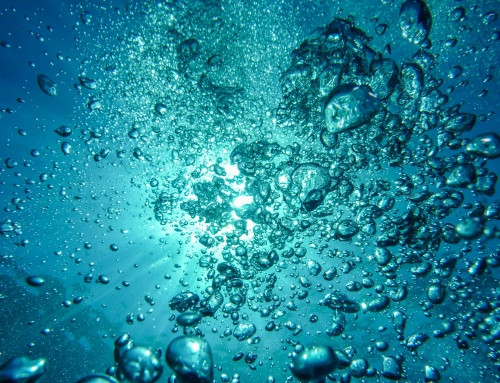On 20 September Modern Water, the supplier of treatment and monitoring equipment for salty and contaminated fluids, released its interim results for the first half of 2018. Revenue increased from £1.56million in H1 2017 to £1.89m in H1 2018, while losses were reduced from £1.81m to £1.39m.
As with several companies introducing new technology, Modern Water has one division that provides a steady stream of revenue while another division seeks to establish a newer technology. With Modern Water the steady role is taken by the Monitoring division, headquartered in Delaware USA, which produced a revenue of £1.62m in H1 2018, up from £1.26m in H1 2017, primarily in North America, China and Europe. Gross margin is 51 per cent (H1 2017: 43 per cent).
This division provides equipment and services to monitor the quality of water, soils, food and industrial outputs for environmental contaminants, toxicity and trace metals. Biofluorescent bacteria are used to measure toxicity while electrical systems detect trace metals and various methods are used for contaminants. Service contracts and chemical sales have typically made up two thirds of the revenue.
The Membrane division sells systems for water treatment using several well-known techniques, but the company bases much of its competitive edge on forward osmosis. The company claims to have built the only forward osmosis desalination plants in the world (see below for a brief description of forward osmosis).

The world’s first commercial forward osmosis desalinisation plant (www.modernwater.com)
Water treatment does not only mean desalination, it often means the opposite – concentrating salty brines. This arises when industrial plants are required to discharge no liquids. Common practice is to boil the salty and contaminated water to leave only solids for disposal. But this requires a lot of energy. Modern Water offers an alternative approach: its All Membrane Brine Concentrator (AMBC) uses osmotic techniques to do the major part of the concentration consuming much less energy in doing so.
The requirement for zero liquid discharge is increasing strongly globally, especially in China where coal-fired power and chemical plants produce a lot of salty and contaminated brines. Modern Water’s first AMBC plant started operation in H1 2018 in a textile dying plant in India and the second one, in China, is near completion. The Membrane division produced a revenue of £0.28m in H1 2018 similar to £0.3m in H1 2017.
The company also has an advance works contract with the government of Gibraltar for designing and building a wastewater treatment plant with the final contract due to be settled by the end of the year.
Although the interim results show improvement there is still some way to go before Modern Water makes a profit. The company feels it is in a good position with its “IP-rich, capital light” business model based on its a portfolio of over 100 patents. It also has a strong presence in China and India through partnerships with local companies. One of these, Hangzhou Sunup Environmental Science and Technology, who is a partner in the first AMBC plant, took a 5 per cent stake in Modern Water on 5 July 2018, a good sign of confidence.
With over 40 employees, personnel expenses alone are more than the gross profit, so it is not surprising that cash and cash equivalents at the end of June were only £0.13m. The interim statement announced an imminent 1 for 10 offer to existing shareholders. The share price stands at 9.6p and market capitalisation at £9.34m.
Forward and Reverse Osmosis
Osmosis is a chemical phenomenon that causes water molecules to migrate from a solution with less dissolved solids to one with more dissolved solids through a semi-permeable membrane that lets water molecules through but not salt and other molecules.
One of the most common desalination techniques is reverse osmosis, in which salty water is pushed against osmotic pressure through the semi-permeable membrane. The method is simple but the high pressure can cause contaminants in the water to plug up the membrane and reduce its efficiency over time.
Forward osmosis avoids this by using lower pressure and letting natural osmotic pressure pull the water through the membrane into a solution that contains glucose or another suitable agent. If pure water is required the glucose can be separated out in a relatively simple second step.



